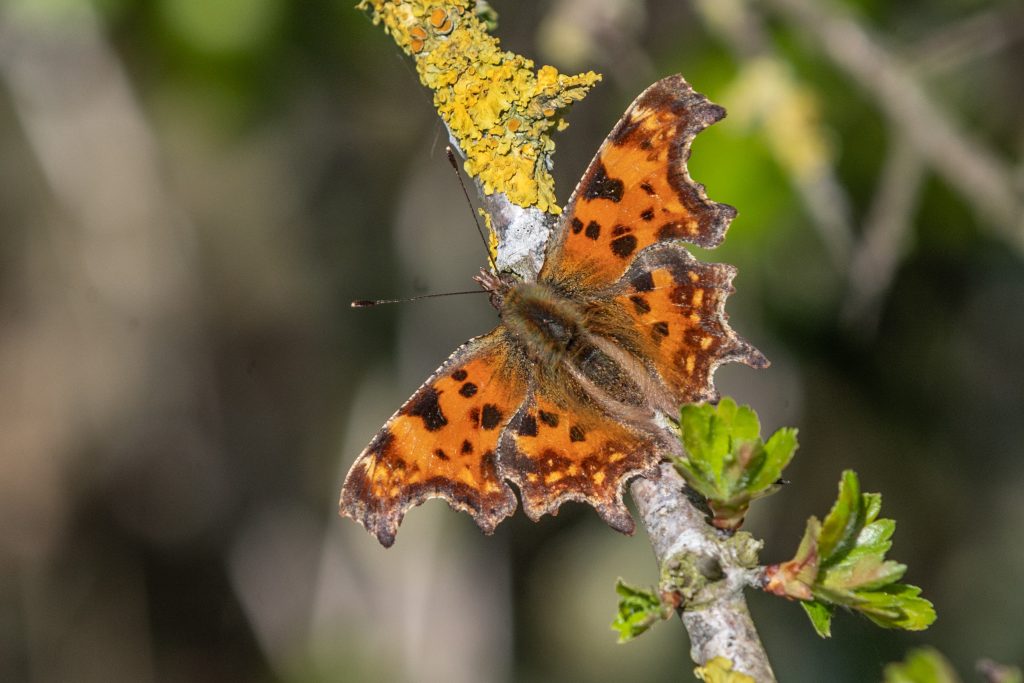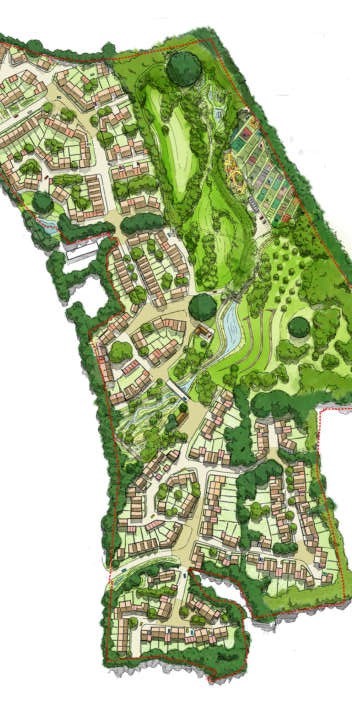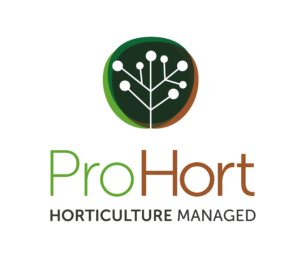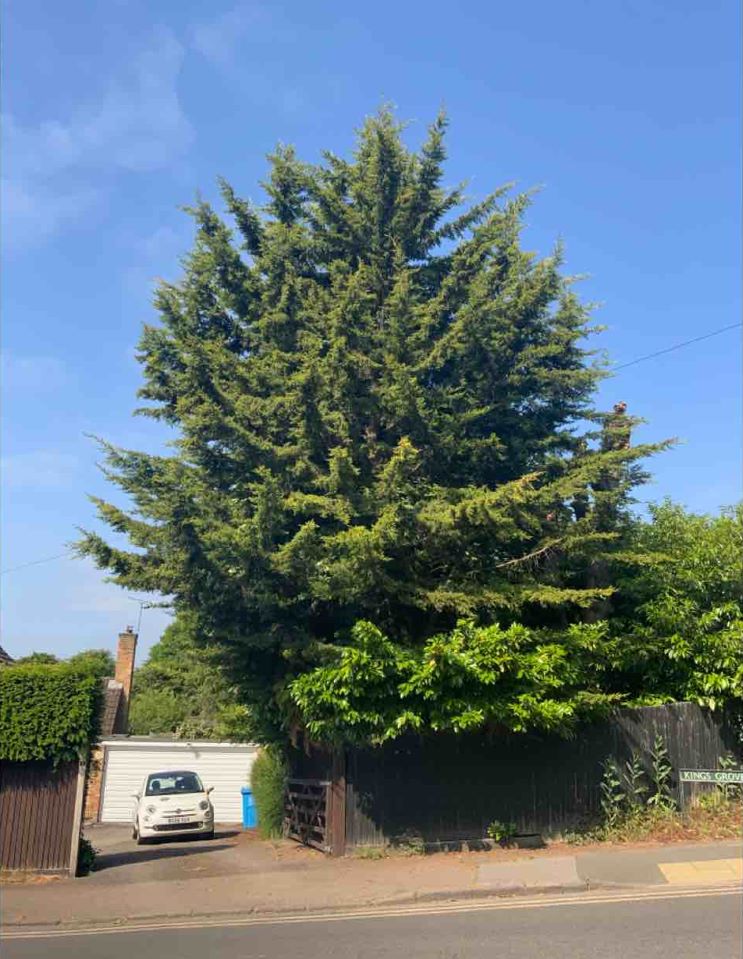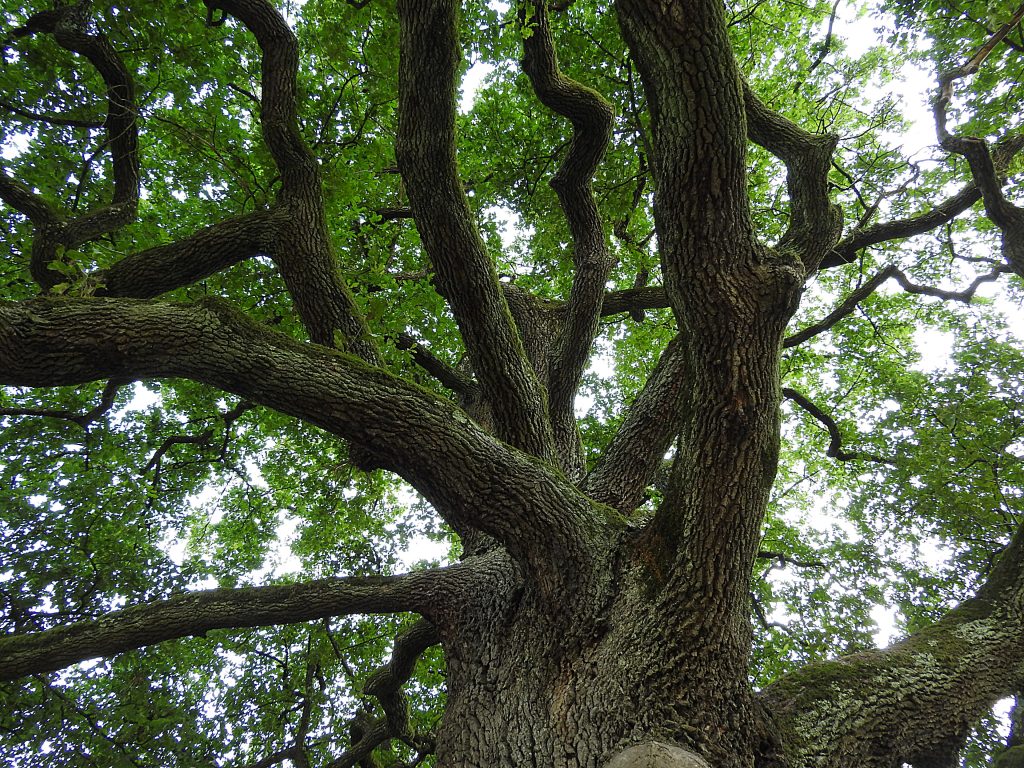Our Favourite Butterflies – Why Are They Beneficial To Our Gardens?
We don’t like caterpillars eating the plants in our gardens, however without them we wouldn’t have these beautiful butterflies.
Here are some of our favourite species and ways they help the environment…
The Benefits of Butterflies in Our Garden:

1. They Pollinate the Plants in your Garden
Butterflies are great for your garden as they are attracted to bright flowers and feed on the nectar they produce. When feeding their bodies collect pollen and carry it to other plants. This helps vegetables, flowers and fruits produce new seeds. The majority of plants need pollinators like bees and butterflies to reproduce.
2. They’re an Indicator of a Healthy Environment.
A garden that attracts butterflies will also attract native birds and bees. Butterflies are great for the environment as they play an important role in increasing biodiversity. Unfortunately for butterflies and caterpillars they are a food source for birds, spiders, mice and other animals. Therefore, if butterfly population decreases the impact will be felt higher up the food chain and can affect the entire ecosystem.
Some of Our Favourite Butterflies
Red Admiral:
A well-known colourful butterfly that can be found in Europe, Asia and North America. They have a wingspan of up to 2 inches. Red Admirals are quite friendly towards people, often perching on heads, arms and shoulders. Although it is not fan of farmers as their caterpillar like to feed on hops and other crops.

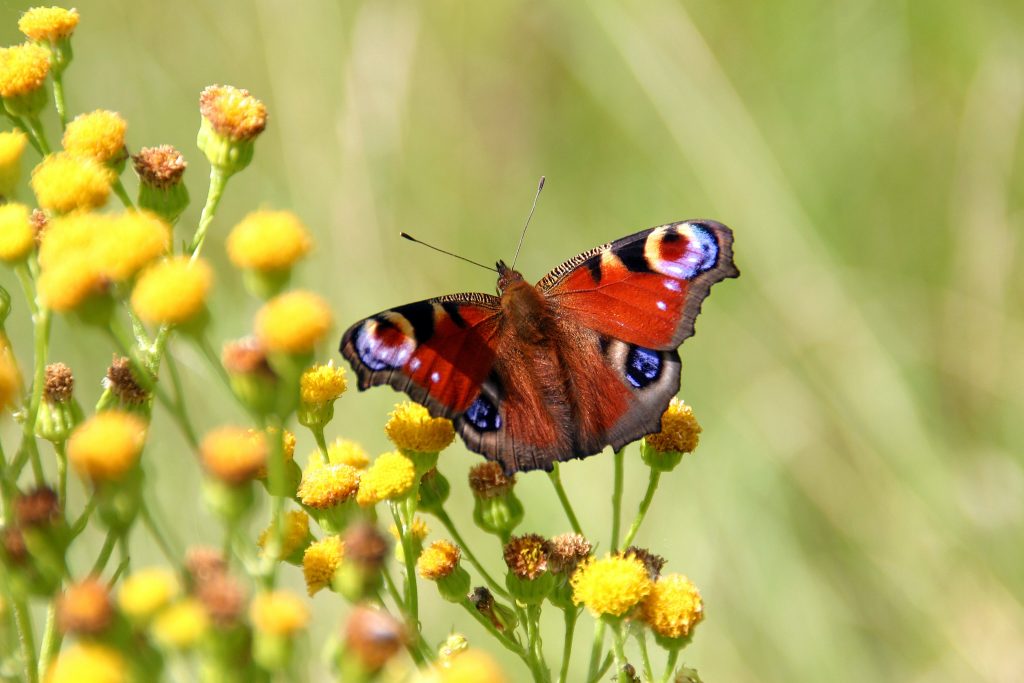
Peacock Butterfly
A regular visitor to our gardens, feeding on buddleia and other flowers. The Peacock butterfly is perhaps the most recognisable butterfly, has deep-red wings with black and blue ‘eyespots’. Its underside is dark brown, almost making their wings look like dead leaves. Their caterpillars particularly enjoy feeding on common nettles, therefore can often be found in woodland areas.
Comma Butterfly
It has distinctive ragged wing edges, that help it to camoflague. As well as the brown and white flecks on their underwing that makes them look similar to bird droppings. The comma gets its name from the comma-shaped white spots underneath its wings. It prefers woodland edges but can be spotted feeding on fallen fruit in our gardens.
